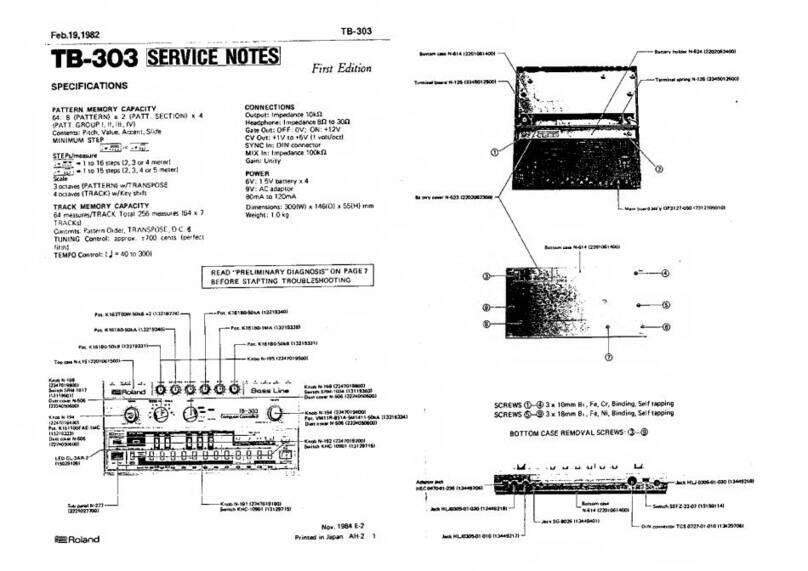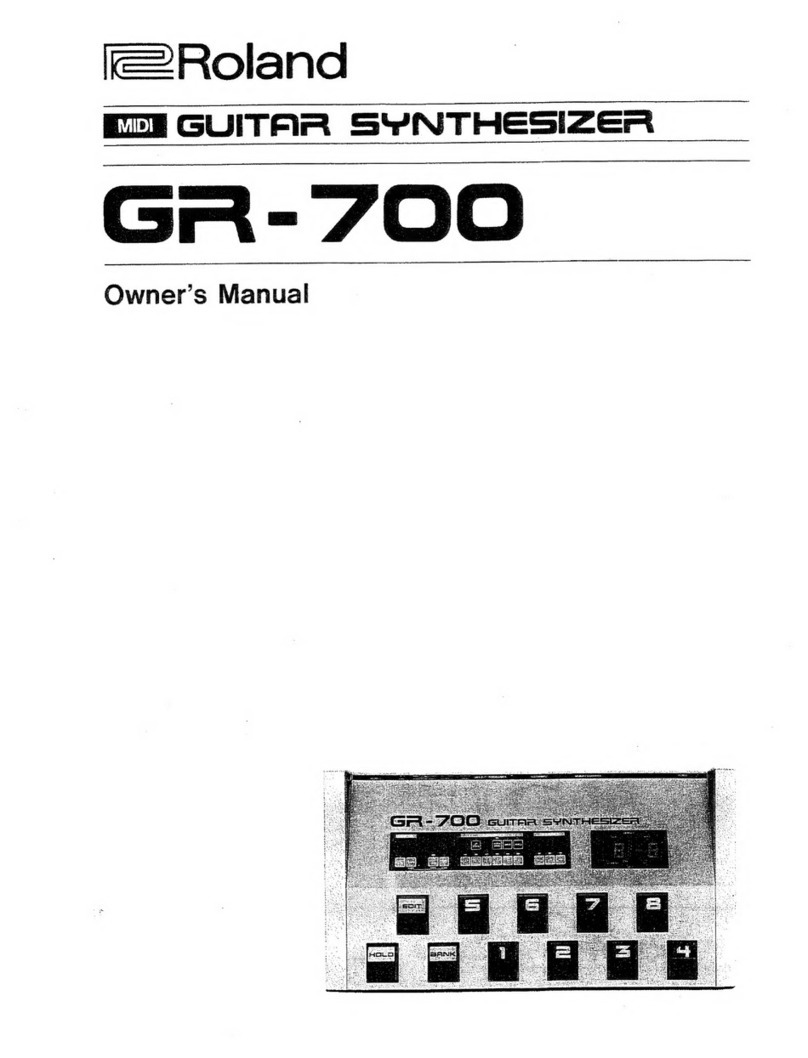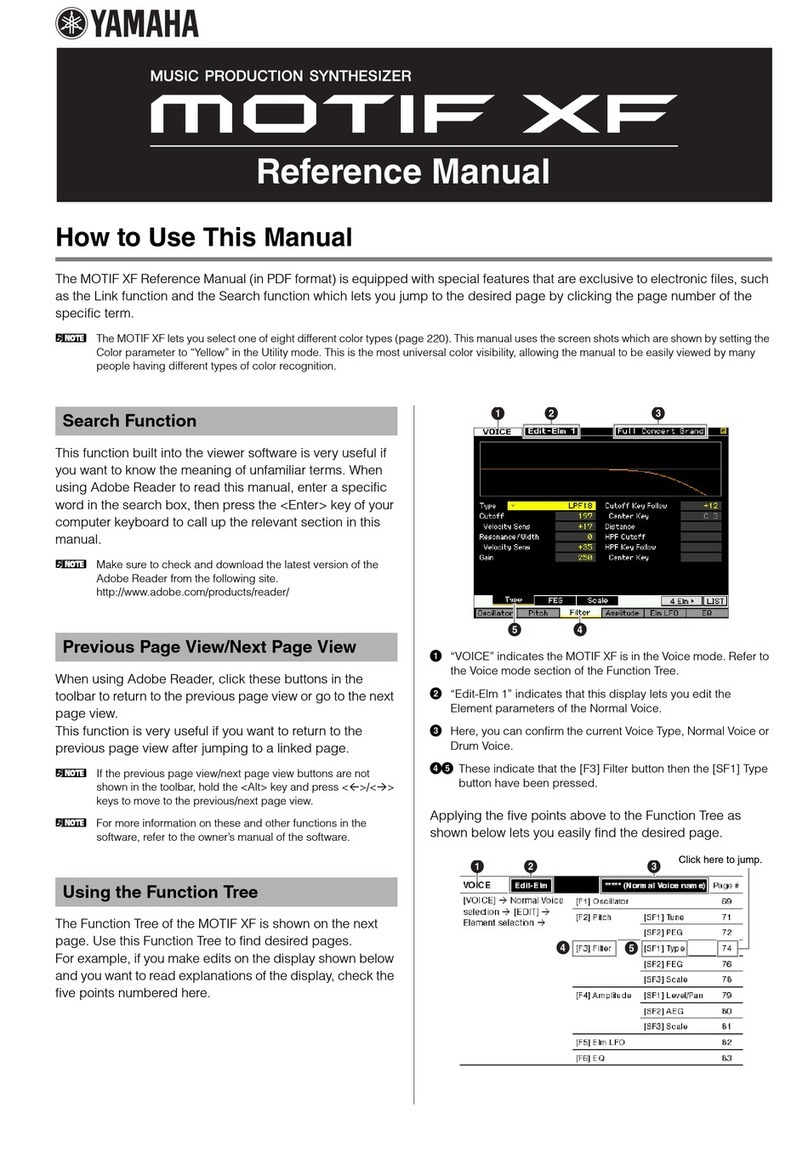Roland GK-2 User manual
Other Roland Synthesizer manuals
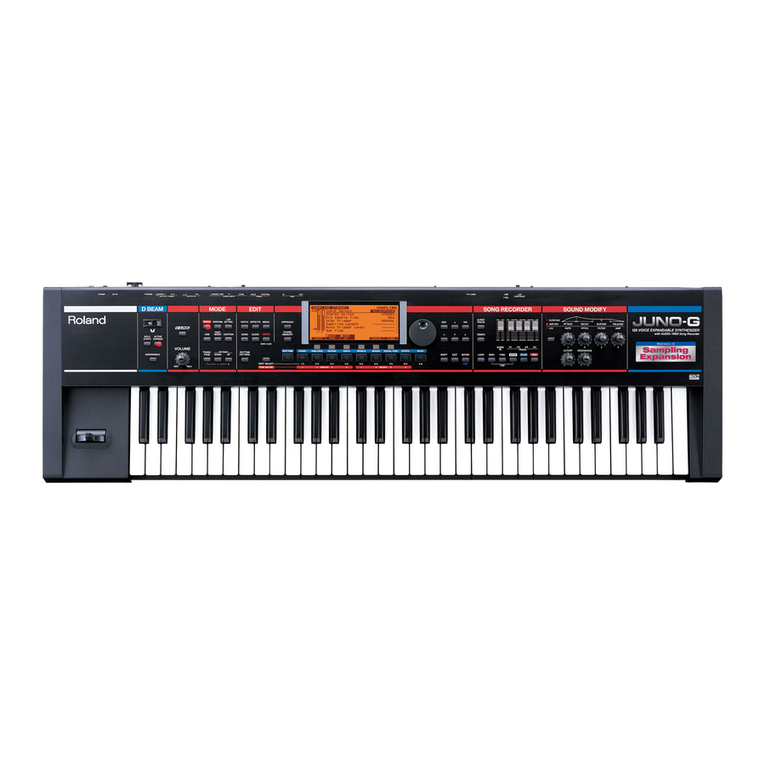
Roland
Roland JUNO-G User manual
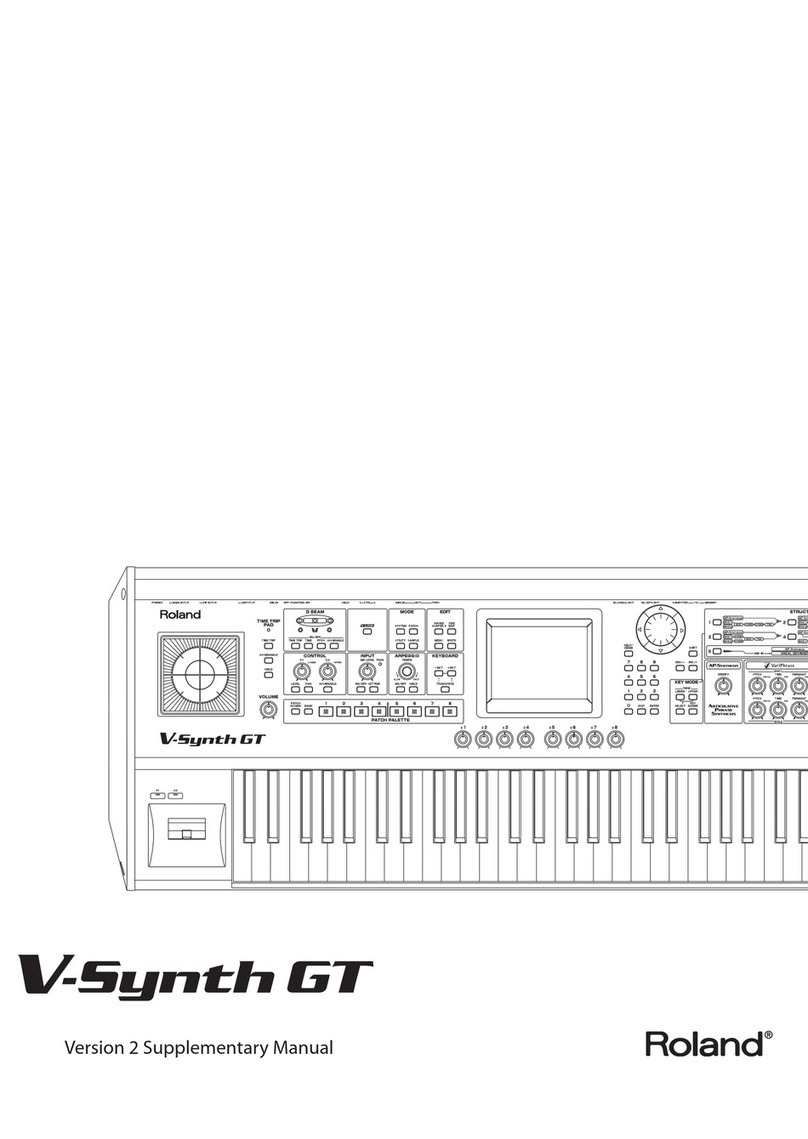
Roland
Roland V-Synth GT Instructions and recipes

Roland
Roland JX-8P User manual

Roland
Roland JU-1 Operating and maintenance manual
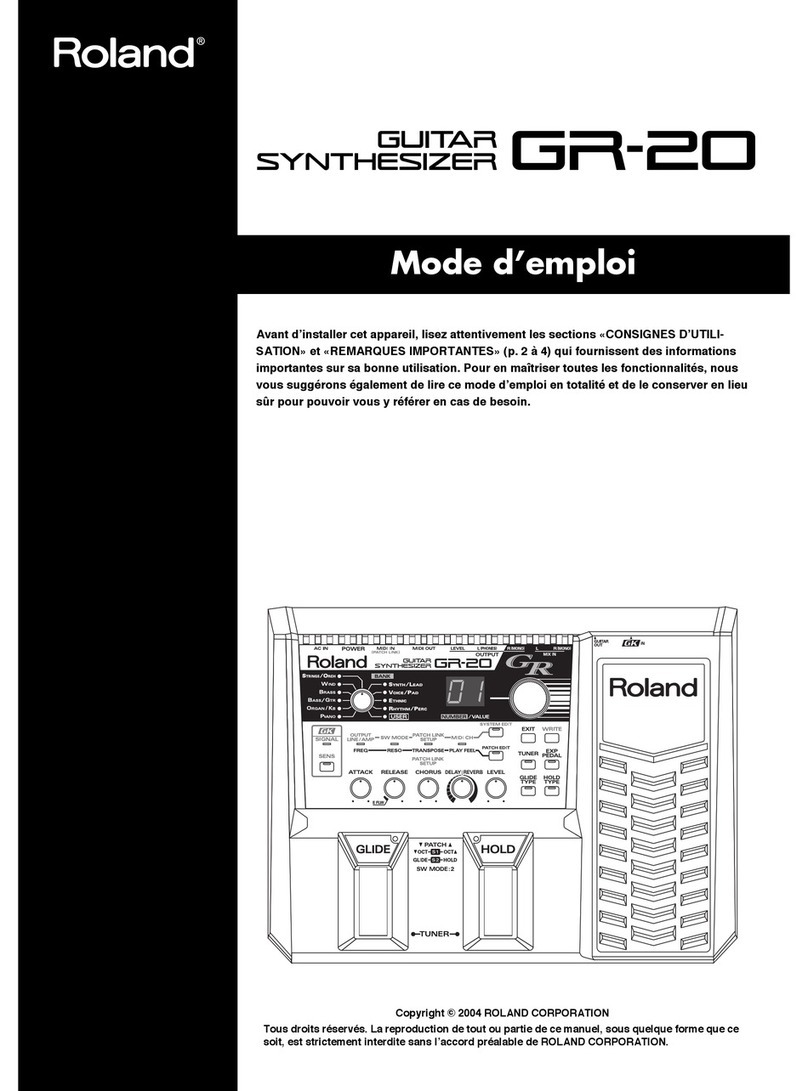
Roland
Roland GR-20 Assembly instructions
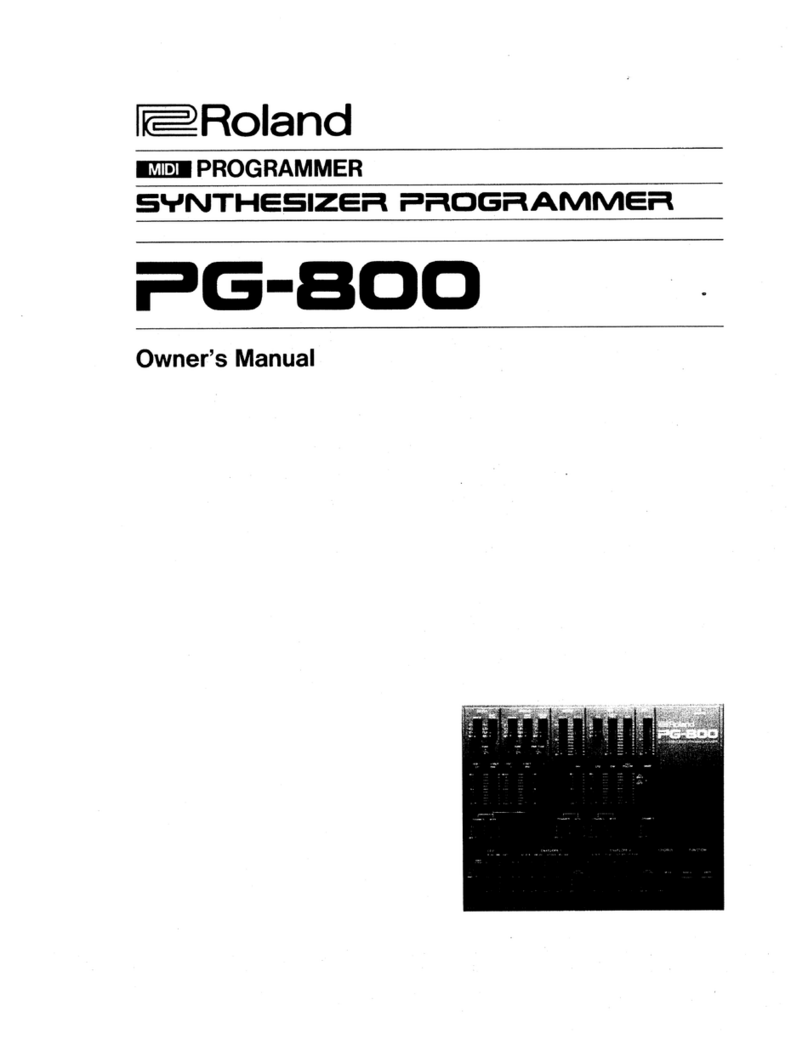
Roland
Roland PG-800 User manual

Roland
Roland SH-1000 User manual
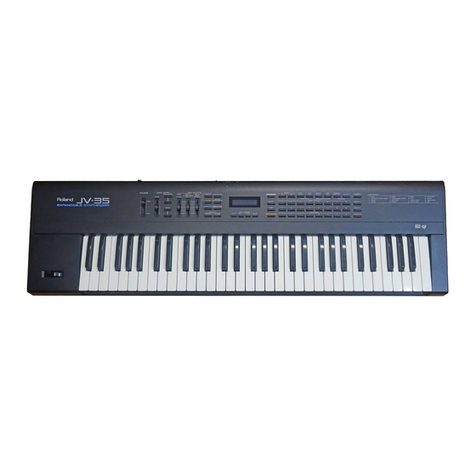
Roland
Roland JV-50 User manual

Roland
Roland V-Synth GT Operating and maintenance manual

Roland
Roland E-66 User manual
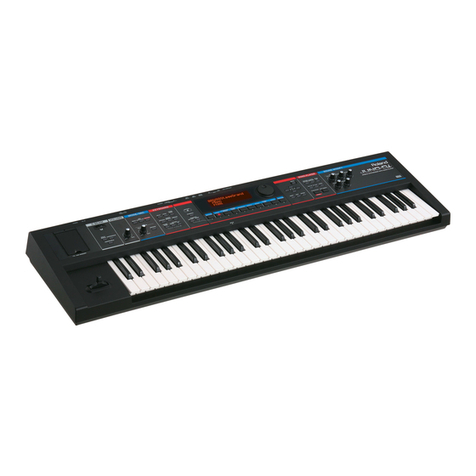
Roland
Roland Juno Di Technical manual

Roland
Roland Sound Canvas SK-500 User manual

Roland
Roland JUNO-Gi Assembly instructions
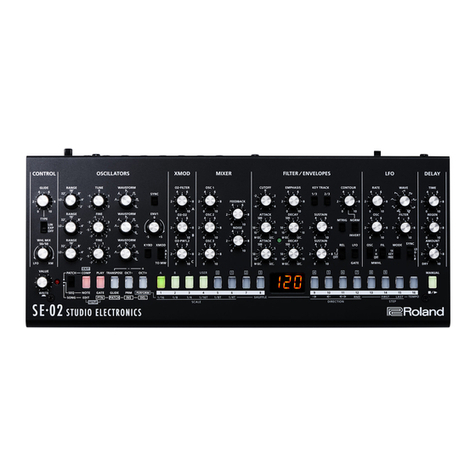
Roland
Roland SE-02 User manual

Roland
Roland SH-1 User manual

Roland
Roland GR-20 User manual
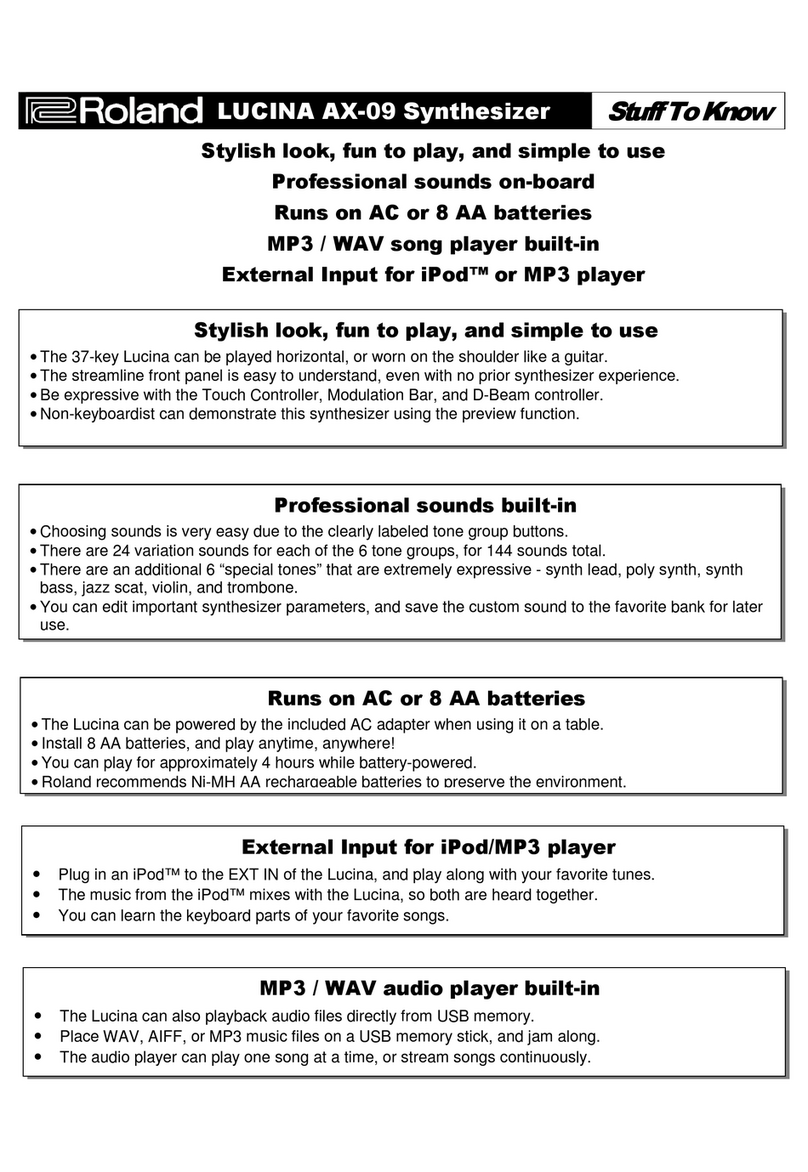
Roland
Roland Lucina AX-09 Assembly instructions

Roland
Roland Jupiter-80 Manual
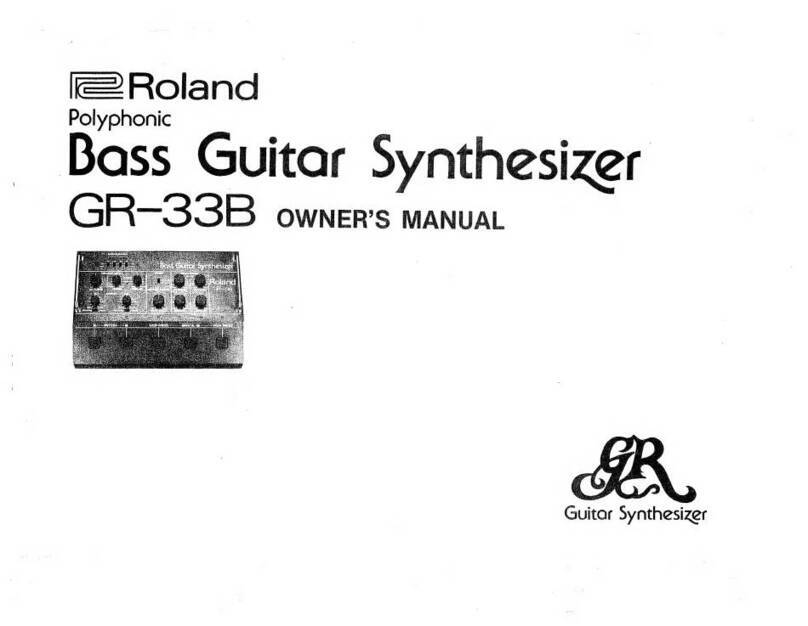
Roland
Roland GR-33B User manual
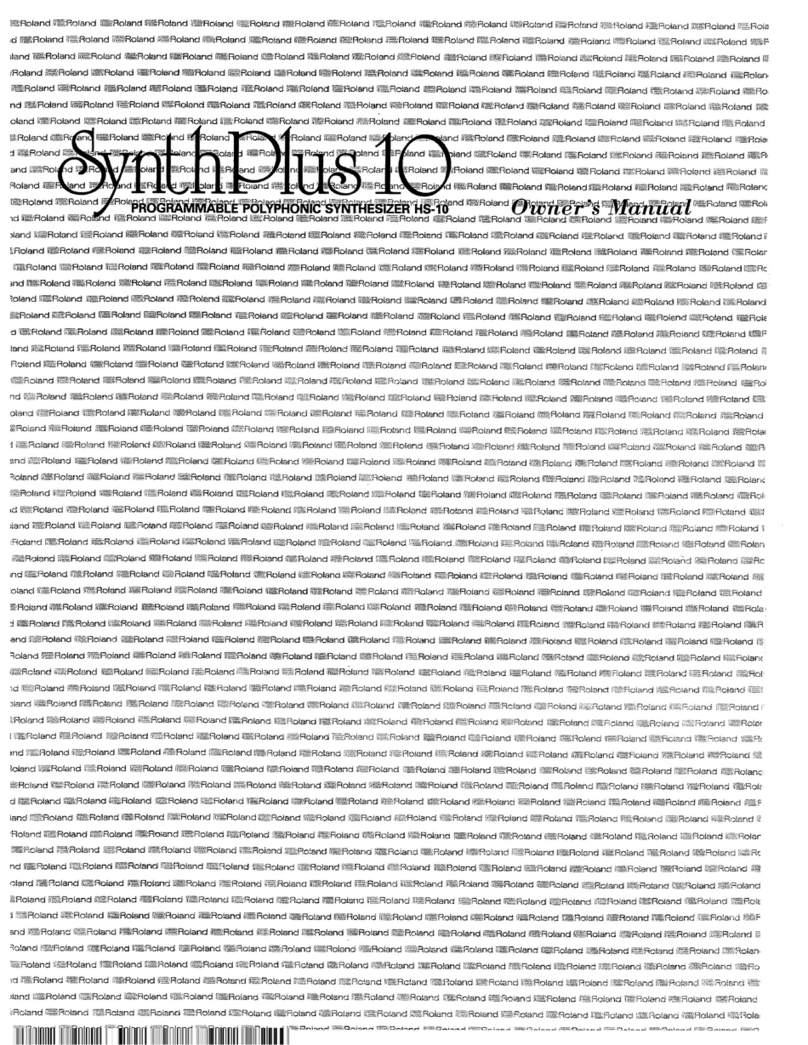
Roland
Roland SynthPlus10 HS-10 User manual
